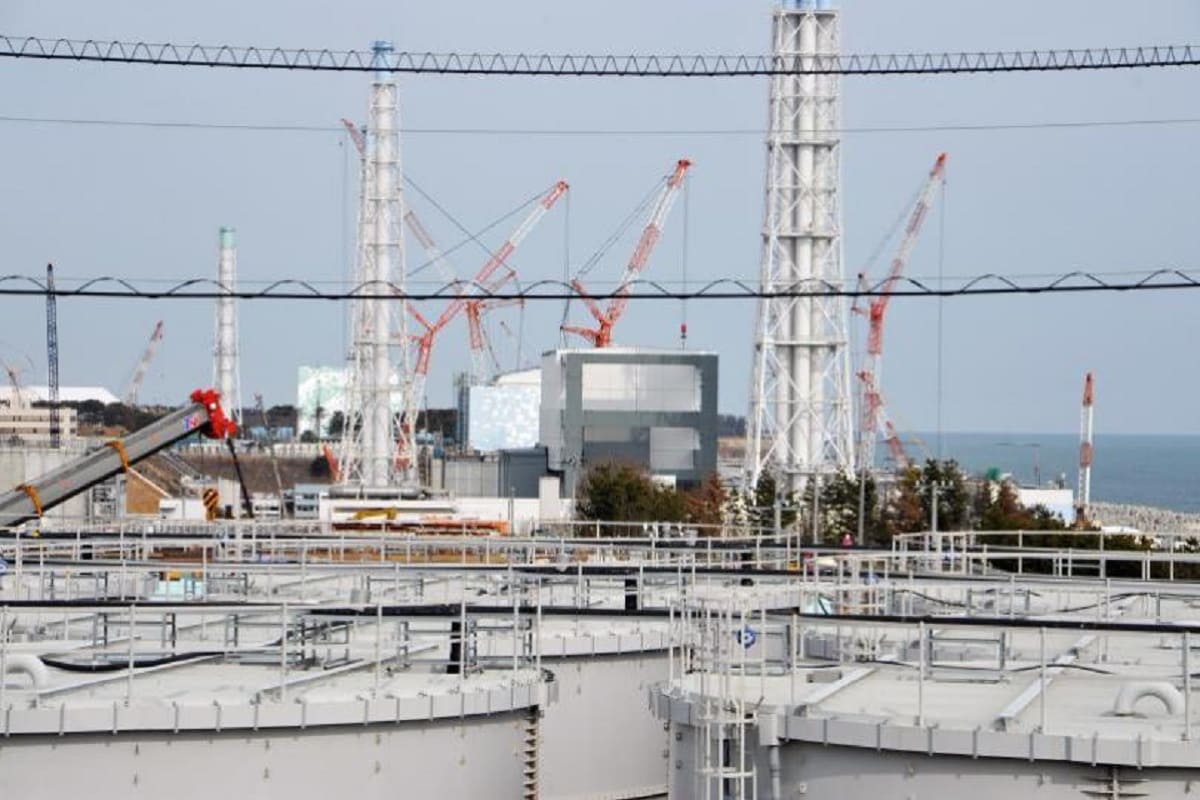
New setback for Fukushima nuclear plant cleanup timeline
The cleanup of melted nuclear fuel debris at Japan’s Fukushima nuclear plant has once again been postponed. The removal process, originally scheduled to begin in 2030, is now expected to start around 2037. This latest setback marks another chapter in the long and complex decommissioning effort, 14 years after the tsunami that triggered the environmental disaster at the Fukushima nuclear plant.
15 years needed for preparatory work
The Nuclear Damage Compensation and Decommissioning Facilitation Corporation, responsible for the fuel removal process, stated it will take two more years to evaluate the feasibility of the plan. Meanwhile, Tokyo Electric Power Company (Tepco), the plant’s operator, explained that the preparatory work alone will require between 12 and 15 years. Japan’s government had initially set 2051 as the target for completing the full decommissioning, a date Tepco still aims to meet.
“We can’t revise our goal yet, since the path ahead remains uncertain,” said Akira Ono, Tepco’s decommissioning chief. He added that any final decisions on the schedule would ultimately fall to the Tokyo government. The decommissioning body was created in the aftermath of the 2011 disaster, which began with a magnitude 9.0 earthquake that triggered a massive tsunami. The wave struck the coastal facility, damaging several reactors and spreading radiation across a large area of northeastern Japan.
880 tons of nuclear debris remain
It is estimated that approximately 880 tons of melted fuel debris still remain inside reactors 1 through 3, which experienced core meltdowns during the nuclear crisis. Tepco and the Japanese government have prioritized unit 3 for the initial recovery phase, where the spent nuclear fuel has already been removed.
Tepco has submitted two proposals for how to proceed with debris extraction. One involves demolishing the adjacent radioactive waste processing building next to unit 3, while the other suggests keeping the structure intact.
Last November, Tepco successfully extracted a small 0.7-gram sample of debris and transferred it to a lab near Tokyo. A second sample was taken this past April. Despite these early efforts, no internal investigation of the reactors has yet begun, leaving significant uncertainties in all proposed plans.
